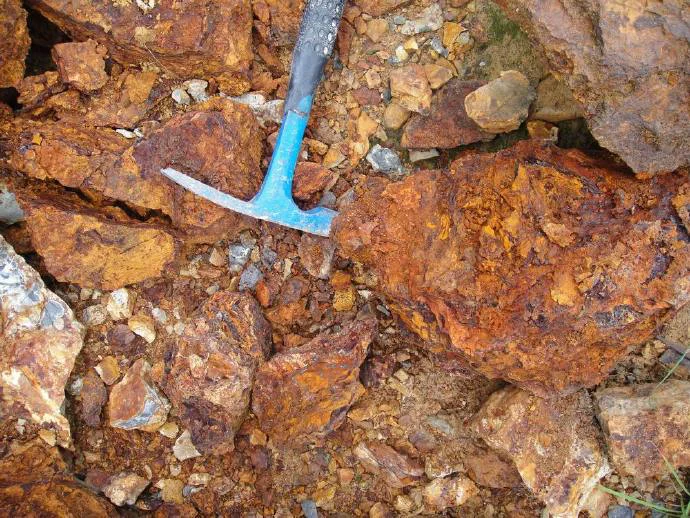
Introduction
Carbonaceous Carlin-type gold ores are characterized by their widespread distribution and large reserves. However, they pose significant challenges in the gold extraction process. These ores typically contain carbon in their elemental composition, and the gold particles are present in a fine disseminated form. The presence of arsenic and carbon leads to two major issues: gold encapsulation and carbon's gold-robbery effect, resulting in extremely low direct cyanidation leaching rates. As a result, they are regarded as double refractory ores or stubborn ores, representing a globally recognized in the field of gold mining.
The Problem of Cyanide Leaching in Carbonaceous Carlin-Type Gold Ores
Gold Encapsulation
The sulfide minerals in carbonaceous Carlin-type gold ores often encapsulate the gold particles. This physical barrier prevents the direct contact between the cyanide solution and the gold, significantly reducing the efficiency of the leaching process. For example, in many mines with such ores, a large proportion of gold remains trapped within the sulfide matrix, inaccessible to the Cyanide leaching agent.
Carbon's Gold-Robbery Effect
Carbonaceous materials in these ores have a strong affinity for gold cyanide complexes. During the cyanide leaching process, as the gold is dissolved and forms cyanide complexes, the carbonaceous substances can adsorb these complexes, effectively "robbing" the gold from the solution. This not only leads to a lower recovery rate of gold but also causes significant losses in the extraction process. Research has shown that different types of carbon in the ore, such as elemental carbon, organic carbon, and inorganic carbon, all contribute to varying degrees to this gold-robbery effect. Elemental carbon, in particular, has an adsorption behavior similar to that of activated carbon, which can strongly adsorb gold cyanide complexes.
Research on Cyanide Leaching Experiments
Direct Cyanide Leaching
Numerous studies have shown that direct cyanide leaching of carbonaceous Carlin-type gold ores yields very low gold recoveries. In some cases, even when using advanced cyanide leaching methods such as carbon-in-pulp (CIP) or resin-in-pulp (RIP), the recovery rate remains disappointingly low. For instance, in a certain experiment, the gold recovery rate of direct cyanide leaching was only 12.9%, highlighting the ineffectiveness of this approach for such refractory ores.
Pretreatment Methods to Improve Cyanide Leaching
Roasting
Roasting is a traditional pretreatment method. By heating the ore, carbonaceous materials are driven off as CO and CO₂, and pyrite decomposes into iron oxides. This process exposes the previously encapsulated gold, making it more accessible to cyanide leaching. However, roasting requires a fine feed of minus ten mesh, at least four hours of retention time, and precise control of temperature and atmosphere in the furnace. Temperatures below about 500°C or a slightly reducing atmosphere can result in incomplete roasting, leading to a drastic reduction in gold extraction. Moreover, at 550°C and above, pyrite is converted into a refractory form of hematite from which gold cannot be effectively leached with cyanide. Additionally, roasting requires expensive drying of the feed to the furnace and strict emission controls on the furnace gases. Although it can achieve gold extractions of 85 - 87% from ores containing thirteen grams of gold per tonne, due to its high capital cost requirements and complex operation conditions, roasting has been abandoned as a suitable alternative for many carbonaceous Carlin-type gold ore deposits.
Chemical Oxidation
Chemical oxidation has shown great potential in treating carbonaceous Carlin-type gold ores. Oxidizing agents in aqueous pulps can overcome the deleterious effects of carbonaceous materials. For example, the use of chlorine as a pretreatment agent has been studied extensively. However, the amount of chlorine required varies depending on the refractory nature of the ore. Mildly refractory ores may require only ten to twenty kg of chlorine per tonne in a cyanidation pretreatment to achieve 83% or more gold extraction in subsequent cyanidation. Highly refractory ores, on the other hand, may need over 100 kg of chlorine per tonne in the pretreatment process. Other oxidizing agents such as hydrogen peroxide, sodium hypochlorite, and potassium permanganate have also been investigated. Sodium hypochlorite, for instance, can not only oxidize sulfide minerals to expose the encapsulated gold but also passivate the carbonaceous materials, reducing their gold-robbery effect. Research has shown that in some cases, using sodium hypochlorite as a pretreatment agent can significantly improve the gold recovery rate in subsequent cyanide leaching.
Bacterial Oxidation
Bacterial oxidation is an emerging and environmentally friendly pretreatment method. Mixed acidophilic bacteria can be used to oxidize sulfide minerals in the ore. This process effectively solves the problem of gold encapsulation by sulfides. During bacterial oxidation, the bacteria metabolize the sulfide minerals, breaking them down and releasing the encapsulated gold. At the same time, the use of activated carbon in the subsequent cyanide leaching process can take advantage of its competitive adsorption ability to counteract the gold-robbery effect of carbonaceous substances. For example, in a study on a carbonaceous Carlin-type gold deposit in Yunnan, through the combination of bacterial oxidation and carbon-in-pulp cyanidation, the gold recovery rate reached 82.39%, while the cyanide reagent consumption was reduced by 49.68%. This shows that the bacterial oxidation - carbon cyanide leaching process is an effective method for treating carbonaceous Carlin-type gold ores.
Conclusion
Carbonaceous Carlin-type gold ores present significant challenges in the cyanide leaching process due to gold encapsulation and carbon's gold-robbery effect. While direct cyanide leaching is generally ineffective, various pretreatment methods such as roasting, chemical oxidation, and bacterial oxidation offer potential solutions. Each method has its own advantages and limitations in terms of gold recovery, cost, and environmental impact. Among them, bacterial oxidation - carbon cyanide leaching and certain chemical oxidation methods show great promise for effectively treating these refractory ores. However, further research is still needed to optimize these processes, reduce costs, and improve their environmental friendliness, in order to make the extraction of gold from carbonaceous Carlin-type gold ores more efficient and sustainable.
- Random Content
- Hot content
- Hot review content
- Flexible Customer and Supplier Relations Specialist:Location: Laos
- The Essential Guide to Sodium Cyanide: Usage Cases and Sourcing
- Sodium Sulfide Industry Grade 60% 30ppm/150ppm Yellow/ Red Flakes Na2s
- Digital Electronic Detonator(Delay time 0~ 16000ms)
- Sodium Peroxide
- Cobalt Sulphate Heptahydrate
- Sodium Metasilicate Pentahydrate
- 1Discounted Sodium Cyanide (CAS: 143-33-9) for Mining - High Quality & Competitive Pricing
- 2China's New Regulations on Sodium Cyanide Exports and Guidance for International Buyers
- 3Sodium Cyanide 98% CAS 143-33-9 gold dressing agent Essential for Mining and Chemical Industries
- 4International Cyanide(Sodium cyanide) Management Code - Gold Mine Acceptance Standards
- 5China factory Sulfuric Acid 98%
- 6Anhydrous Oxalic acid 99.6% Industrial Grade
- 7Oxalic acid for mining 99.6%
- 1Sodium Cyanide 98% CAS 143-33-9 gold dressing agent Essential for Mining and Chemical Industries
- 2High Quality 99% Purity of Cyanuric chloride ISO 9001:2005 REACH Verified Producer
- 3Zinc chloride ZnCl2 for High Molecular Weight Polymers Initiator
- 4High Purity · Stable Performance · Higher Recovery — sodium cyanide for modern gold leaching
- 5High Quality Sodium Ferrocyanide / Sodium Hexacyanoferr
- 6Gold Ore Dressing Agent Safe Gold Extracting Agent Replace Sodium Cyanide
- 7Sodium Cyanide 98%+ CAS 143-33-9

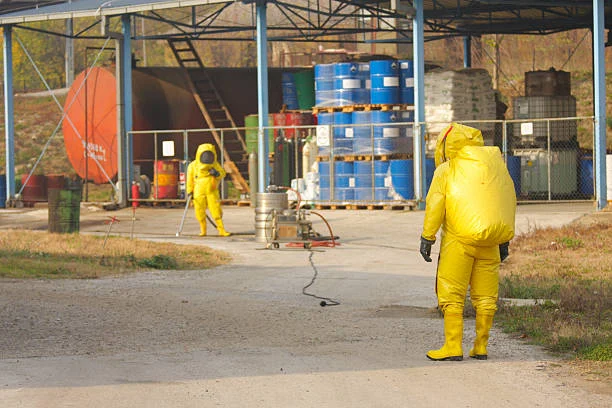
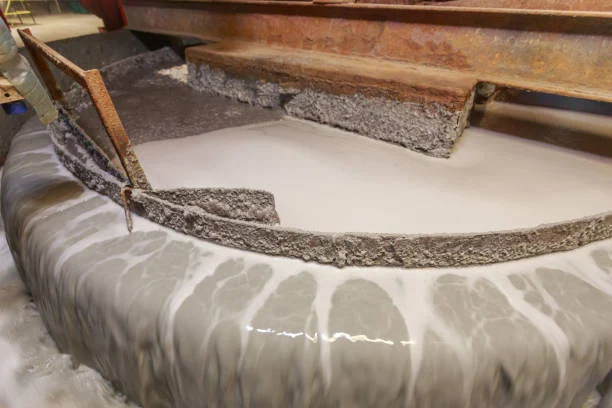
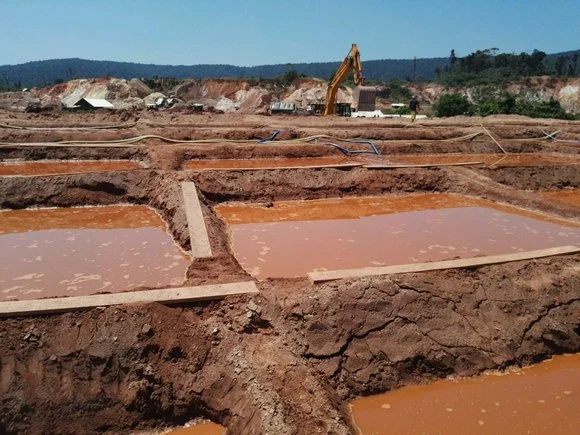
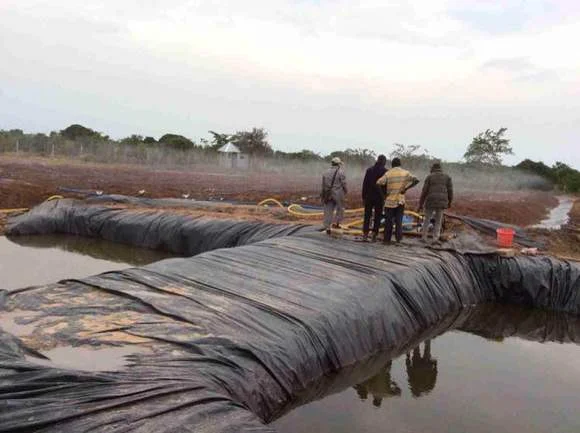
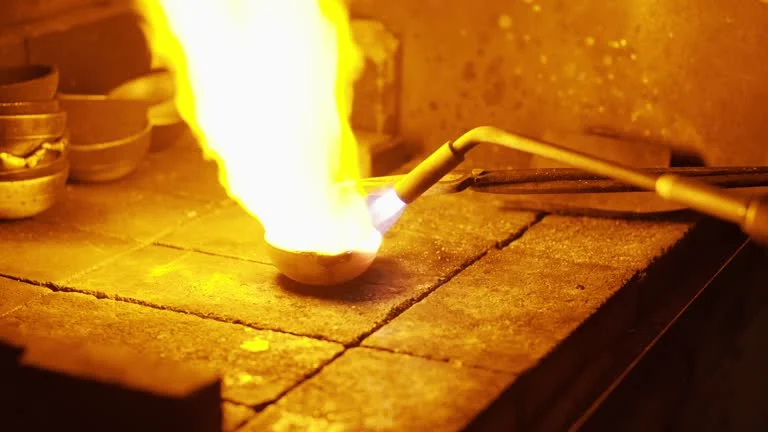
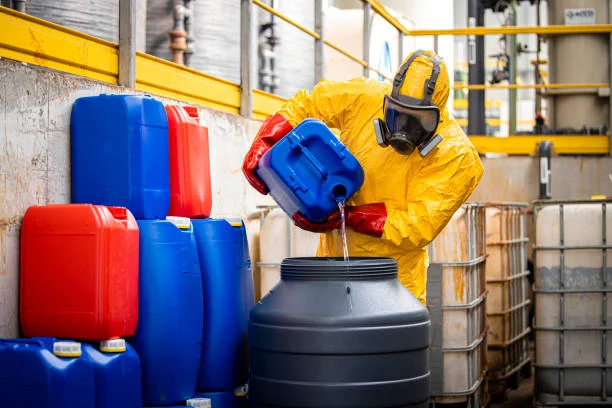
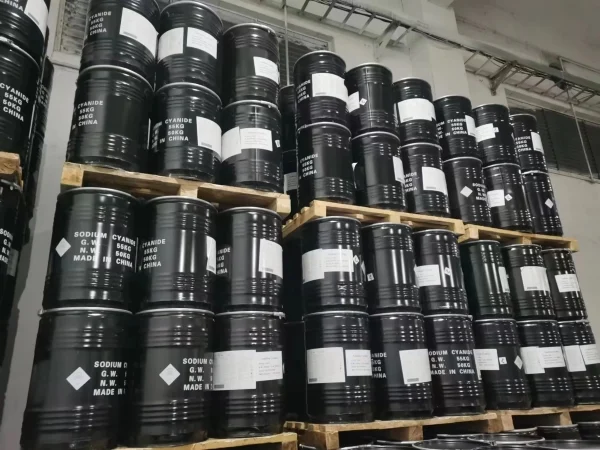



Online message consultation
Add comment: